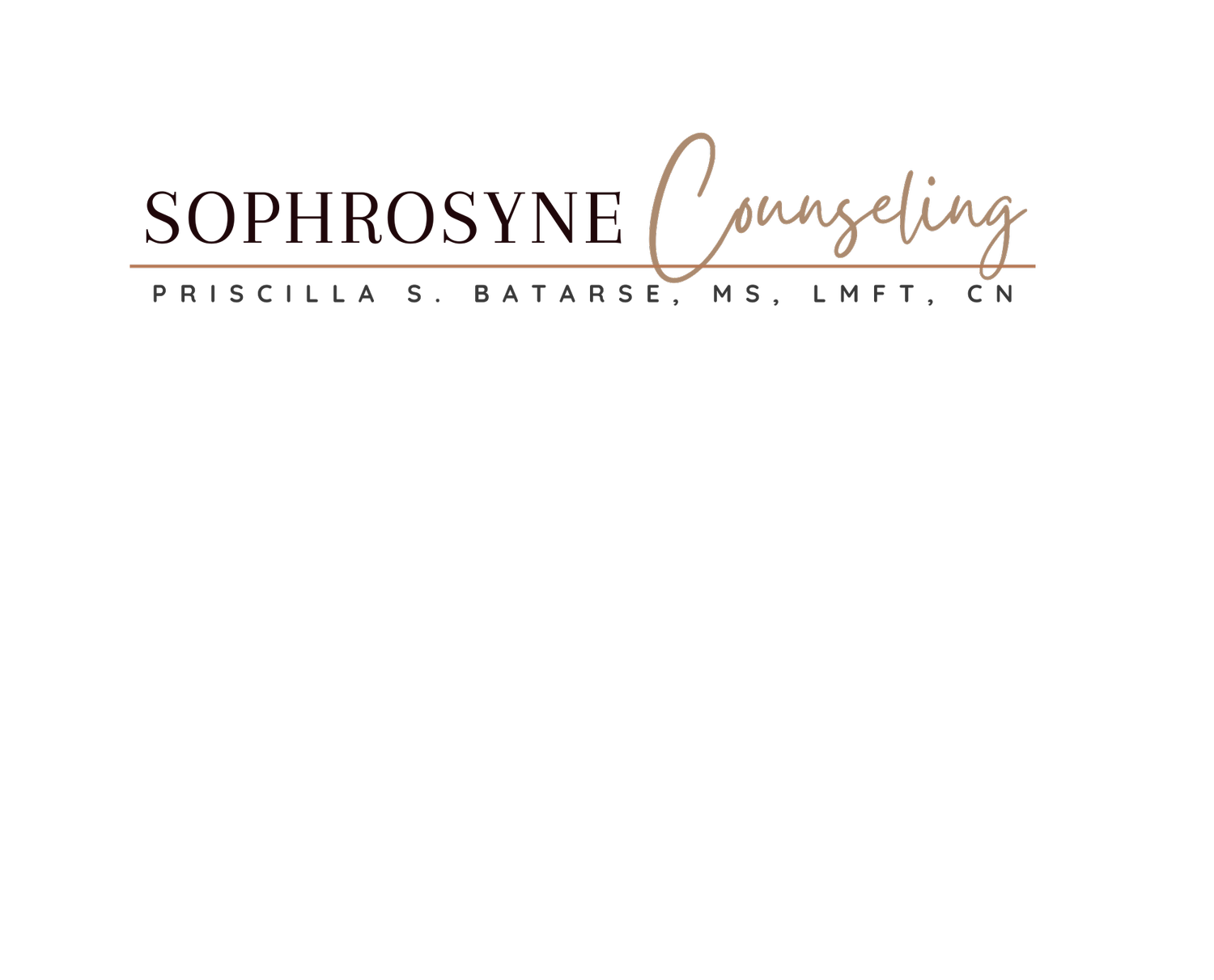Overcoming Cravings: Practical Tips for Handling Emotional and Physical Urges
Understanding and Managing Common Craving Triggers
The positive side? Cravings can be managed—and even prevented. Let’s explore common craving triggers and practical strategies to handle them:
Thirst
Thirst is often mistaken for hunger. Most people don’t drink enough fluids, and dehydration can cause the body to seek food to compensate.
Solution: Drink enough water daily—aim for about half of your body weight in ounces (e.g., 150 lbs. = 75 oz. water). Start your day with a glass of water before anything else. Consider adding fruits and herbs or opting for unsweetened teas to make staying hydrated easier.
Sleep Deprivation
Late nights and irregular sleep patterns can lead to exhaustion, which may cause one to reach for food for a quick energy boost.
Solution: Aim for 7 to 9 hours of sleep each night. Give yourself a few days without an alarm and see how long your body naturally sleeps. Once you discover your ideal sleep time, try to maintain a consistent schedule.
Excess Sugar
Sugar can be addictive, and the more you consume, the more your body craves. High sugar intake leads to a spike in blood sugar, followed by a crash, which creates more cravings for sugary and fatty foods.
Solution: Eat balanced meals every 3 to 4 hours, including protein, healthy fats, and complex carbs to regulate blood sugar. Don’t skip meals, as intense hunger can trigger a cycle of cravings.
Low Protein
Protein helps create essential chemicals in the brain, like serotonin and dopamine, which regulate mood. A lack of protein can lead to cravings and low mood.
Solution: Aim to have 4-6 oz. of protein at meals (roughly the size of your palm) and include smaller portions of protein for snacks to keep cravings in check.
Alcohol Consumption
Alcohol can initially make you feel good by boosting dopamine, but it can also lead to a crash, leaving you feeling low and triggering cravings for unhealthy foods.
Solution: Minimize alcohol intake. Use it for special occasions and practice moderation, alternating with water to stay hydrated and avoid cravings.
Visual Temptations
Seeing junk food in the pantry or watching food commercials can trigger the urge to eat.
Solution: Create an environment that promotes healthier eating by removing tempting foods from your home and stocking up on nutritious snacks like fruits, vegetables, nuts, and lean proteins. Make healthy options easy to access.
It’s easy to turn to food when boredom, loneliness, stress, or anxiety hit. Food becomes a quick fix—offering comfort, distraction, or even celebration. Whether it’s snacking without thinking or eating to numb difficult emotions, cravings often creep up, leading to a cycle of indulgence and regret. Does this sound familiar?
Sometimes, you may experience an internal debate: “Should I grab something to eat? But I’m not really hungry.” Before you know it, you've given in. Other times, cravings are felt as physical sensations—tension between your shoulders, a knot in your stomach, or a vague feeling of unease. Cravings can be powerful and difficult to resist.
Cravings are often driven by factors beyond hunger or mood—particularly trauma, anxiety, and sleep disturbances. Research shows these issues affect the body’s chemistry, often triggering cravings for sugary and fatty comfort foods. For instance, trauma and anxiety increase cortisol, the body’s stress hormone, which can make cravings feel stronger as the body seeks out comfort. Sleep deprivation also disrupts hunger hormones, raising ghrelin (the “hunger hormone”) and lowering leptin, which signals fullness. Studies even reveal that sleep-deprived brains respond more strongly to junk food images, making cravings tougher to resist.
Understanding these connections can help you break the craving cycle. By prioritizing sleep, practicing stress management, and showing yourself compassion, you can reduce cravings rooted in these underlying issues.
Additional Craving Triggers
Sometimes, cravings are triggered by stress, loneliness, boredom, or avoiding tasks. Instead of reaching for food, try other ways to manage these emotions:
Stress: Try relaxation techniques like yoga, deep breathing, or meditation.
Loneliness: Call a friend or loved one to connect.
Procrastination: Avoid using snacks as a distraction from work; schedule your snack breaks.
Boredom: Pick up a new hobby or revisit a project to keep your mind engaged.
When a craving strikes, drink some water, take deep breaths, and walk away from the kitchen. Give yourself about 15 to 30 minutes and reassess if you’re truly hungry. If so, choose a nutritious snack that satisfies your body’s needs.
By understanding the deeper causes of cravings and practicing simple strategies, you can start to break the craving cycle and build healthier habits.


